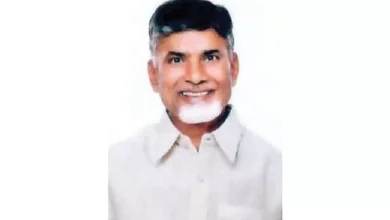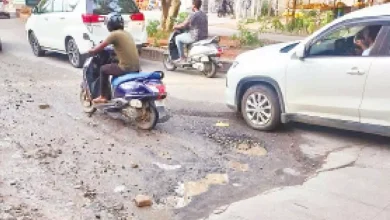Himachal: Panel presented report in the assembly on controlled cultivation of hemp

Himachal Pradesh: Amid apprehensions over allowing controlled cultivation of cannabis for industrial and medicinal purposes, the report of the committee assigned to consider various aspects of this contentious issue was finally tabled in the Assembly. With Himachal Pradesh inching closer to allowing cannabis cultivation for non-narcotic use, an issue that has been under deliberation for over a decade now, it is with utmost caution that the government has to take steps in this regard. The cash-strapped state is looking for areas to generate much-needed revenue and cannabis could prove to be a ray of hope. Cannabis can be cultivated for medicinal, scientific and industrial purposes under the provisions of Sections 10 and 14 of the NDPS Act, 1985, as well as Rule 29 of the NDPS Rules, 1989. Revenue Minister Jagat Negi, chairman of the committee that looked into all aspects of allowing cannabis cultivation, said the state expects to earn an income of around Rs 500 crore annually from the sector, which will gradually rise.
The committee finalised its report after undertaking a study tour of Madhya Pradesh, Uttarakhand and Jammu and Kashmir in May last year to get first-hand information on various issues. Meetings were held with representatives of Panchayati Raj Institutions in Chamba, Kangra, Kullu, Mandi, Sirmaur and Solan, which are climatically conducive for cannabis cultivation. The team that visited Madhya Pradesh was cautioned by the authorities to ensure strict monitoring to prevent cannabis from being used for narcotics. The committee’s report proposes that scientists from agriculture and horticulture universities may be involved to ensure that seeds with delta-9-tetrahydrocannabinol (THC) content of less than 0.3 per cent are made available to farmers venturing into the sector. Difficulty in procuring such seeds with low narcotic content is a problem faced by farmers in Uttarakhand. It cannot be denied that the use of hemp to make hemp garments, which are very high-grade fabrics, can bring very good profits, but this path is full of many challenges. Other beneficial uses of hemp can be in areas such as food, textiles, paper, construction materials, furniture, cosmetics, biofuels and healthcare products. Also, cannabidiol compounds have been found to be effective in treating diseases such as cancer, epilepsy and chronic pain. Sensitizing the community and creating awareness about the exact purpose and legal aspects will be a big challenge in itself. Making seeds available with the help of scientific guidance and establishing a strict control and regulation mechanism with specialized staff are challenges that the committee itself has acknowledged.
Areas of Himachal Pradesh, especially the Kullu-Manali valley have become notorious for the cultivation and smuggling of hemp, with the hash form being considered the finest here. Efforts by the police, Narcotics Control Bureau (NCB) and other law enforcement agencies over the past three years have failed to yield the desired results as villagers are still carrying out illegal cultivation in inaccessible high altitudes for drug use. In fact, Malana village in Kullu is considered the oldest democracy in the world, where villagers call themselves ancestors of Alexander and hordes of youth flock here in search of the famous ‘Malana Cream’. Despite the continuous fight against the illegal drug trade, especially in Kullu, Mandi, Chamba and some areas of Shimla and Sirmaur districts, the illegal drug trade is flourishing.





